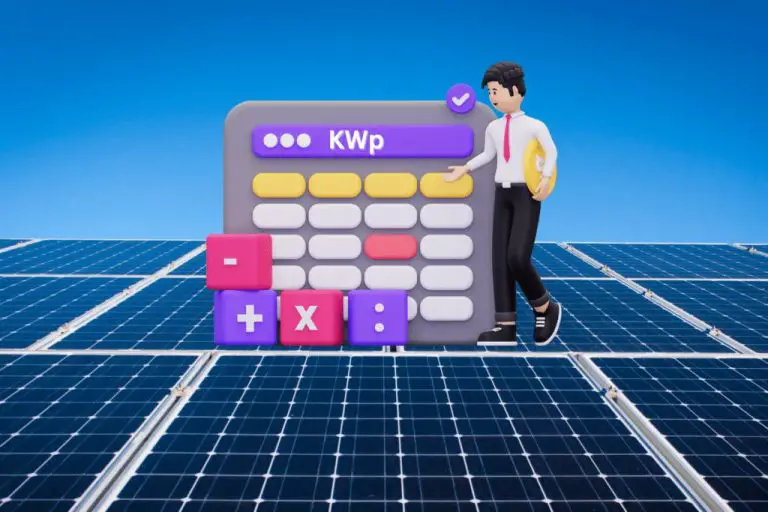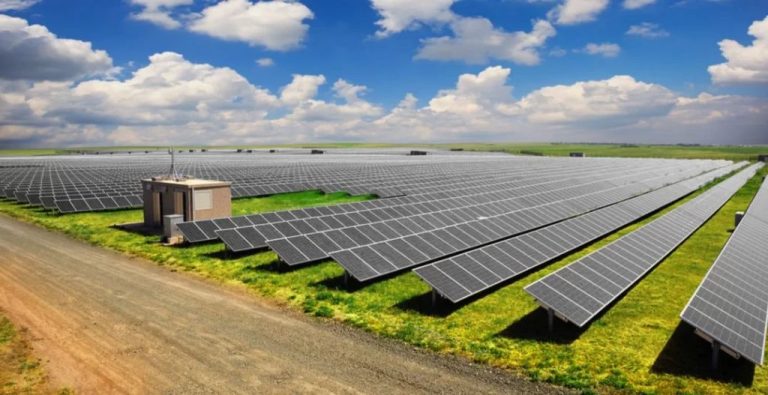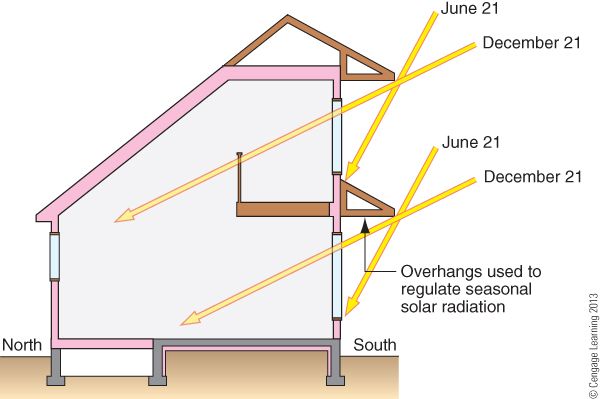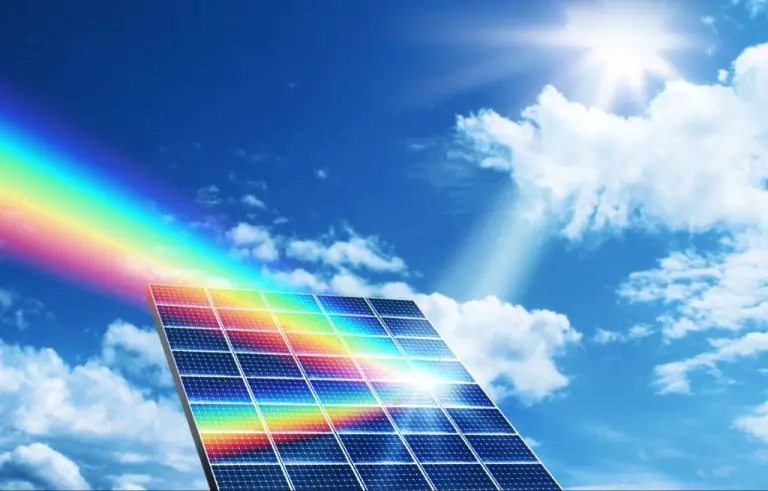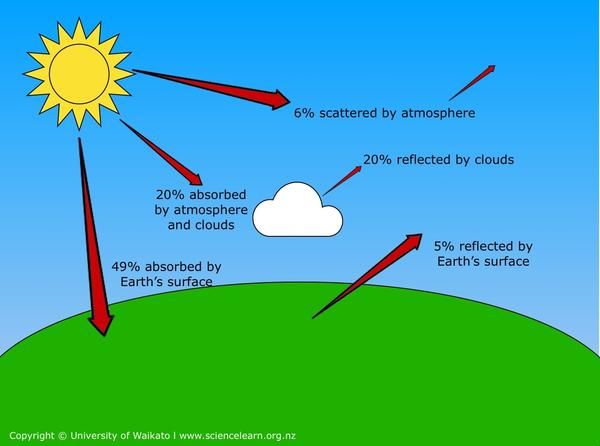What Is The Future Outlook For Solar Panels?
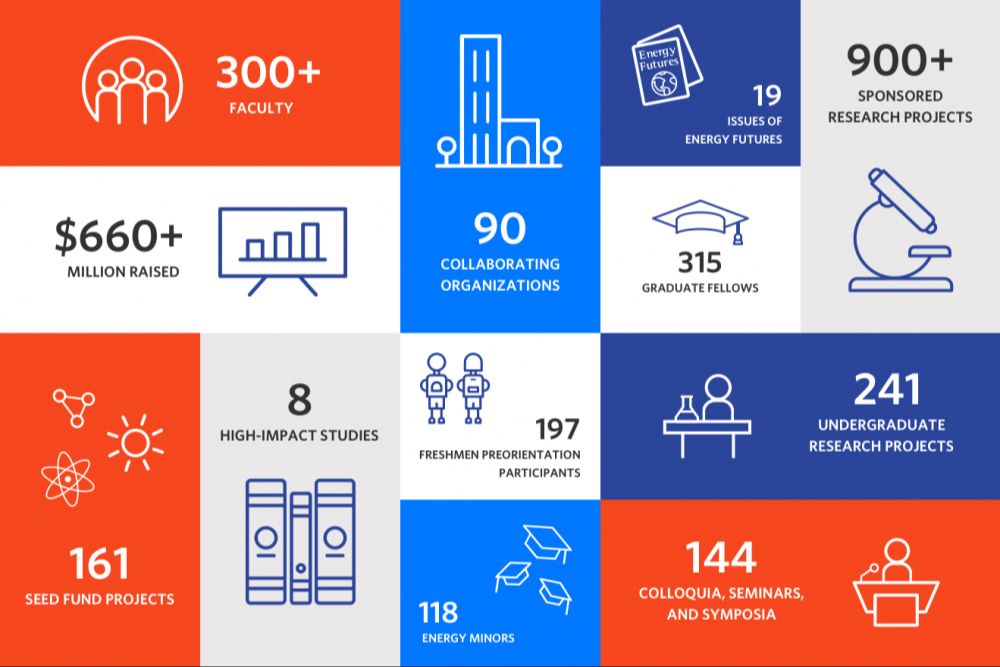
Solar panels, also known as photovoltaics, convert sunlight into electricity. They have become an increasingly popular source of renewable energy for homes and businesses over the past decade. According to a recent Pew Research report, the share of U.S. homeowners with solar panels has steadily risen from just 4% in 2016 to 11% in 2022. Solar is now the fastest growing renewable energy source worldwide, supplying 3% of global electricity demand. With costs continuing to fall and efficiency improving, adoption is expected to accelerate in the coming years.
Declining Costs
The cost of solar panels has declined dramatically over the past decade. According to the Solar Energy Industries Association, the average price of solar panels dropped by over 70% from 2010 to 2020, from around $3.80/watt to $1.04/watt. CNET reports the average cost for a residential rooftop solar system has dropped from around $50,000 just 10 years ago to around $18,000 today. (Source)
There are several key factors driving down the costs of solar panels:
- Technological improvements – R&D has boosted solar cell efficiency, allowing manufacturers to get more power output from each panel.
- Economies of scale – Increased production and expanding markets have enabled manufacturers to achieve economies of scale and lower their costs per unit.
- Streamlined manufacturing – Automation and process improvements have made panel production more efficient.
- Reduced raw material costs – The costs of key materials like polysilicon and silver have declined.
Experts predict the cost of solar will continue to decrease in the coming years as technology advances and solar adoption expands globally. However, the decline in prices is expected to moderate, with cost reductions likely to be in the single digits going forward. (Source)
Improving Efficiency
Solar panels have become significantly more efficient over time. In the 1970s, the average solar panel was only around 6% efficient. This means that only 6% of the sunlight hitting the panels was converted into usable electricity. Today’s panels are around 15-22% efficient on average, with lab prototypes reaching over 40% efficiency (https://repository.urosario.edu.co/bitstreams/8059b275-8698-4b7f-ba96-54d9e2f9b2c2/download).
Several factors have driven these major gains in efficiency. Manufacturers have improved solar cell and panel designs, incorporating more advanced materials and production techniques. Researchers continue to develop new solar cell technologies like perovskites and organic PV that promise even higher efficiencies. Economies of scale and industry growth have also enabled more R&D spending on efficiency innovations.
Experts predict solar panel efficiency will continue improving in the coming decades. Some models foresee average efficiencies reaching 27-29% by 2050. With such gains, solar energy can become an even more cost-competitive and prevalent energy source.
Supportive Government Policies
Governments around the world have implemented policies aimed at encouraging the adoption of solar energy. One of the most impactful policies has been the use of tax credits and rebates. In the United States, the federal solar tax credit allows homeowners to deduct 26% of the cost of installing a solar energy system from their federal taxes. Some states offer additional tax credits on top of the federal credit. Australia also offers a rebate program that provides upfront discounts on solar installations. These financial incentives make the upfront costs of solar more affordable for homeowners.
Governments have also set renewable energy targets to spur solar growth. For example, Australia aims to generate 50% of its electricity from renewable sources by 2030. To meet these targets, utility companies have invested heavily in large-scale solar farms. Similarly, over 30 U.S. states have renewable portfolio standards that require utilities to obtain a minimum percentage of their electricity from renewable sources. These policies provide certainty to the solar industry and enable long-term investments.
Net metering policies have also accelerated rooftop solar adoption. Net metering allows solar panel owners to export excess electricity back to the grid in exchange for credits on their utility bills. This enables homeowners to offset their electricity purchases from the utility with solar power they generate but don’t immediately use. Net metering makes rooftop solar more financially rewarding for homeowners.
According to https://newswire.net/newsroom/blog-post/00265137-solar-energy-in-australia-a-2023-market-analysis.html, the Australian government has played a crucial role in promoting solar adoption through rebates, renewable energy targets, and net metering policies.
Growing Consumer Adoption
Homeowners and businesses are increasingly installing solar panels to reduce electricity costs and increase sustainability. According to the Solar Energy Industries Association (SEIA), the U.S. installed 4.6 gigawatts of solar capacity in 2022, with more than 3 gigawatts coming from the residential and commercial sectors (SEIA). This residential growth represents a 17% increase over 2021 installations. The SEIA projects the residential solar market will expand by 21% in 2023 as costs continue to fall and more homeowners see the benefits of going solar.
Likewise, U.S. businesses are rapidly adopting solar, with corporate buyers procuring 25% more solar capacity in 2022 compared to 2021 (SEIA). Companies such as Amazon, Target, and Apple have made large commitments to use solar energy at their facilities. Tax incentives, declining prices, and sustainability goals are driving commercial solar growth, which SEIA expects will increase by 29% in 2023.
As solar becomes more affordable and accessible, SEIA forecasts residential and commercial installations will account for over 70% of new U.S. solar capacity additions through 2027 (SEIA). Consumer adoption is projected to play a major role in the solar industry’s continued expansion.
Utility-Scale Solar
Utility-scale solar refers to large solar photovoltaic (PV) systems that generate electricity to be fed into the electricity grid. Over the last decade, utility-scale solar farms have seen tremendous growth as countries work to meet renewable energy targets and combat climate change. According to the Solar Energy Industries Association (SEIA), in 2021, utility-scale installations accounted for over 70% of new solar capacity in the U.S., with annual installations topping 16 GW. Utility-Scale Solar Power | SEIA
The rise of utility-scale solar is being driven by the rapidly declining costs and increased efficiency of solar PV modules. As solar power achieves parity with fossil fuel-generated electricity, utilities are opting to build large solar farms to feed power into the grid. Government policies like renewable portfolio standards and tax incentives have also boosted utility-scale solar adoption. The outlook for continued growth is strong, with over 100 GW of new utility-scale solar expected to come online in the U.S. by 2025. The Economics of Utility-Scale Solar Power Plants – Energy5
While most new solar capacity over the next decade is forecasted to come from utility-scale projects, distributed solar will continue playing an important role, especially as solar combined with storage gains traction. Overall, the rise of massive solar farms marks a new era in renewable energy, providing clean, affordable electricity at scale.
Solar Storage
Battery storage is increasingly being paired with solar panels, which helps make solar energy more viable and cost-effective. By storing excess solar energy in batteries during the day, that energy can then be used at night or during power outages. This allows solar systems to provide electricity around the clock.
Major solar companies like SunPower are now offering integrated solar + storage systems like their SunVault product line. SunPower claims their enhanced SunVault batteries can “withstand an outage – making solar paired with battery storage an extremely cost-effective way to power a home.”
Research by the National Renewable Energy Lab has evaluated the economics of commercial solar paired with battery storage. Their models show solar + storage can be commercially viable across much of the United States.
Some states like California are even providing extra financial incentives for adopting solar paired with batteries. The California Public Utilities Commission recently announced new policies that will provide extra bill credits to customers installing solar + storage systems.
Commercial Viability
One of the biggest developments in recent years driving the future growth of solar panels is the increasing commercial viability and cost competitiveness of solar power. Whereas solar PV was previously significantly more expensive than conventional electricity from the grid, solar panels have now reached grid parity in many areas. This means the levelized cost of electricity from solar PV (taking into account upfront system prices, life cycle costs, incentives etc) is now comparable or even cheaper than retail electricity prices from the grid.
The main driver behind solar reaching grid parity is the dramatic reduction in costs of solar PV systems over the past decade. According to analysis, module costs have fallen by around 75% since 2009. Soft costs like permitting, installation labor and customer acquisition have also declined. This cost competitiveness makes solar power much more commercially viable for widespread adoption.
Challenges
Despite the many benefits of solar power, there are some challenges that need to be addressed for wider adoption. One major challenge is intermittency (Overcoming Hurdles: Why Solar Energy Faces Challenges in Meeting the World Energy Needs). Solar energy can only be harvested when the sun is shining, so it provides variable output based on weather and time of day. This makes integrating solar power into the electricity grid complicated. Additional energy storage is often needed to smooth out delivery and align with demand.
Another obstacle is the amount of land required for utility-scale solar installations (What are the challenges in the widespread adoption of solar energy?). Large solar farms take up significant real estate. This raises issues around permitting, zoning regulations, and environmental impact. There are also concerns around converting agricultural land and disrupting natural habitats.
Finally, the permitting process for solar projects can be complex, lengthy, and costly. Navigating the various regulations and requirements from federal, state, and local authorities adds time and expense. Streamlining solar permitting would help accelerate the expansion of solar energy.
Future Outlook
The future looks very bright for solar energy. Projections suggest that solar power capacity will continue to grow rapidly in the coming years. According to a report by the International Energy Agency (IEA), global solar photovoltaic (PV) capacity is forecast to reach over 4,500 gigawatts (GW) by 2030, more than triple 2021 capacity levels.1
Many countries have set ambitious solar targets as part of their renewable energy goals. For example, Norway aims to install 8 terawatt-hours (TWh) of solar capacity by 2030. Based on current growth rates, Norway is on track to surpass this target.2
Solar power’s share of global electricity generation is expected to grow from around 3% today to over 20% by 2030. In some major markets like California and Australia, solar may provide over 30% of electricity by the end of the decade.
Falling costs, improved technology, and supportive policies will drive rapid growth in both rooftop and utility-scale solar installations worldwide. The future is bright for solar, with projections that it will become one of the main pillars of the global energy system over the next decade.

